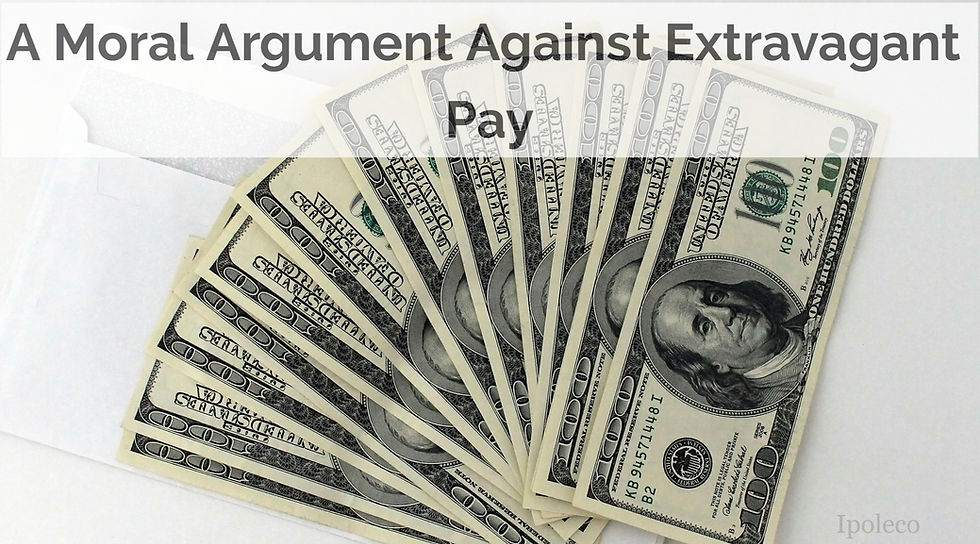Is The Phillips Curve Relevant in the 2020's?
- Karl Johansson

- 9 feb. 2020
- 3 min läsning
Is the Phillips curve still relevant at 62? Traders seem to think it’s not but there might be more to it.
My favourite topic to write about on the blog is monetary policy, as anyone who has read a few of my pieces knows. This week I return to monetary policy to discuss the Philips curve and its relevance in the post Great Recession world. The prompt for discussing the Phillips curve was an article in The Economist which reports that American job reports no longer generates significant movements in financial markets. Before we get to discussing why this is relevant to the Phillips curve though, I want to give a brief explanation of the Phillips curve and a run down of the first time it came under serious pressure. After that I want to defend the Phillips curve on the basis that official inflation statistics, in my opinion, are likely to significantly underestimate the actual (and real) inflation.
The Phillips curve, pictured below, is the short-run relationship between unemployment and inflation. In essence the idea is that there’s a trade-off between unemployment and inflation where a higher rate of employment leads to higher inflation and lower inflation leads to lowered employment. This is only applicable in the short run though, as money is neutral in the long run. The Phillips curve is the logical extension of Keynesian economics as Keynes believed that demand exceeding supply was the main cause of inflation. As more people are employed and have greater ability to spend demand can grow faster than supply and thus put inflationary pressure on the economy. The problem with the Phillips curve and the Keynesian view of inflation is that it struggles to explain the ‘stagflation’, e.g. the state of high inflation and stagnating growth the USA experienced in the 1970’s.

Let’s return to the article in The Economist which reported that the US job report no longer makes markets move the way it used to. In the context of our discussion of theories of inflation it seems that traders are no longer convinced that a change in employment will produce a change in inflation which in turn will mean a change in monetary policy. This would support the monetarist view of inflation which holds that “inflation is always and everywhere a monetary phenomenon” in the words of Milton Friedman, meaning that inflation is determined by the amount of money the government creates.
As I’ve written about before, I’m not sure that inflation is as low as official statistics show. Not because governments are actively trying to fool people, but because their standard measures are not picking up the ways in which post Great Recession inflation has been generated. In my view most of the developed world is experiencing a period of relatively high inflation compared to official statistics, which as a result of the way central banks’ have chosen to distribute the newly created money their quantitative easing programmes generate hasn’t made its out of the financial system and in to the real economy except through the real estate market. Now, if one assumes for a moment that my view is accurate then the Phillips curve might still hold, though not for the reasons Keynes thought it should. According to official statistics we’re in a moment of high employment and low inflation, incidentally the opposite of the stagflation which the Phillips curve also struggles to explain but I digress, which shouldn’t be possible if there’s always a trade-off between employment and inflation in the short run. If on the other hand we’re in an environment with high employment and fairly high inflation even if it’s only reflected in the prices of financial assets then the curve makes perfect sense again. Perhaps the inflation of valuations in real estate and finance is the trade-off for high employment and to the average person that might be a good deal.
What do you think, is the Phillips curve still relevant? Please share your thought and share this blog post with a friend or co-worker if you found it interesting. You can read last weeks post here, and come back next week for a new interesting post.
Written by Karl Johansson

Sources:
The Economist, https://www.economist.com/finance-and-economics/2020/02/06/traders-lose-interest-in-americas-jobs-report



Kommentarer